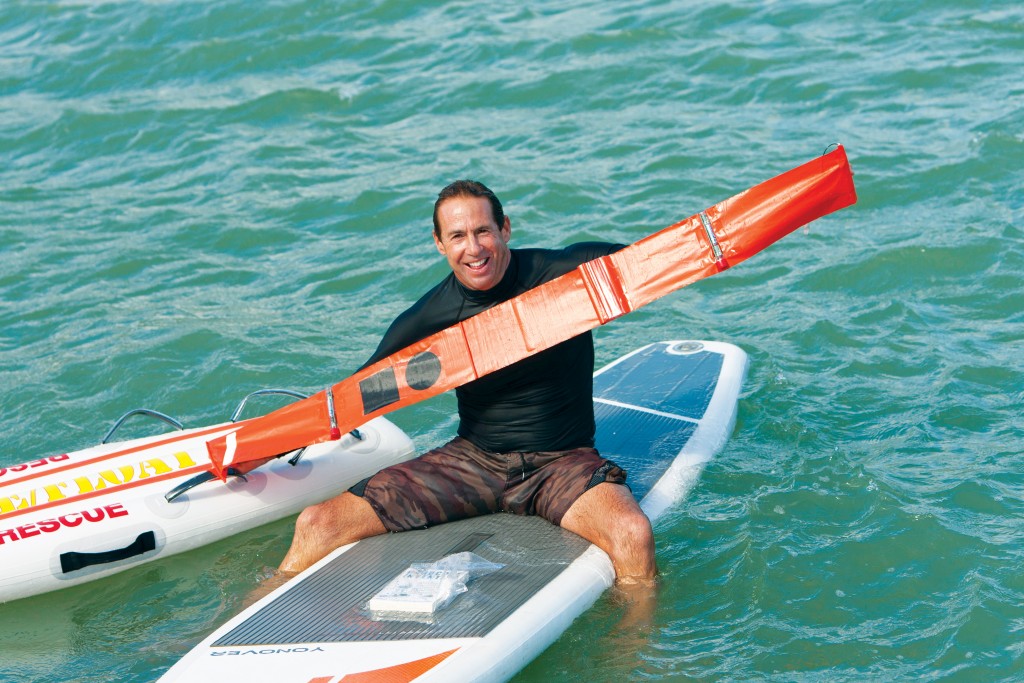S.O.S. Device Can Be Seen for Miles

Creator: Robert Yonover is a serial inventor. Although he studied volcanology at the University of Hawaii and has worked at MIT, for much of the last 30 years he’s been inventing search and rescue devices. RescueStreamer is one of his most promising endeavors.
What is it? RescueStreamer isn’t exactly high tech. Basically, it’s a long ribbon of orange plastic that can be unfurled by a wayward hiker or someone lost at sea. Because of its high visibility, RescueStreamer is easy to spot from an airplane. Some models are compact and can be carried in a pocket. Others, like those designed for fighter jets, deploy automatically and have built-in battery-powered lights that can be seen by search planes at night. “They saw this one from 3,000 feet and six miles away,” Yonover says.
Development: It was developed using Defense Department funding and has received “Safe to Fly” status from the military. “That’s a special approval,” he says, “kind of like FDA approval, only better.” RescueStreamer has also been selected for use by all U.S. armed forces and is included in the survival suits of all U.S. submarines.
What makes it different? Flares, Yonover points out, are short-lived and have to be actively deployed, which might be impossible for an injured person. Sea dye is passive, but it drifts away.
RescueStreamer solves those problems. “When the Navy first approved it, they called it the only passive, continuous signal on the market,” he says. He also notes that it’s the only discretionary de- vice available. “That means if the enemy comes around, you can put it away.”
Market: Although most current users are military, Yonover believes every hiker and boater needs one. He knows the civilian market is a tough one but is confident RescueStreamer’s value will win in the end. “It’s already saved four lives,” he says.






